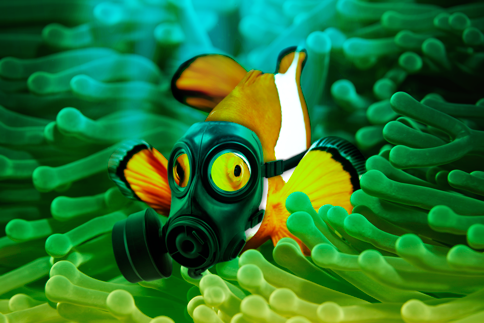How Glycols Behave In the Environment
January 21, 2014
Previous post showed that glycols are produced in largely the same way and require the same petrochemical, heat and water inputs to produce. But how do they behave in the environment—and what happens when humans, animals and ecosystems are exposed?
The following table summarizes important aspects of glycol-related health, safety and environmental issues:
| Glycol | Health effects | Environmental effects |
| Mono-ethylene |
|
|
| Di-ethylene |
|
|
| Tri-ethylene |
|
|
| Propylene |
|
|
Many of the health, safety and environmental risks described here can be reduced or avoided outright by recycling glycols.
Next Time: We describe modern glycol recycling methods and why recycling is a good idea from business and environmental points of view.
The future can be cleaner.
At GlyEco, we believe providing information about chemistry-based pollution solutions is good for both the environment and your mind. Our team is dedicated to creating a future with less dirty glycol going to waste. It's a big job... and we are up to the challenge. Using our breakthrough technology, we clean all types of waste glycol, help safeguard the environment and create valuable green products.








